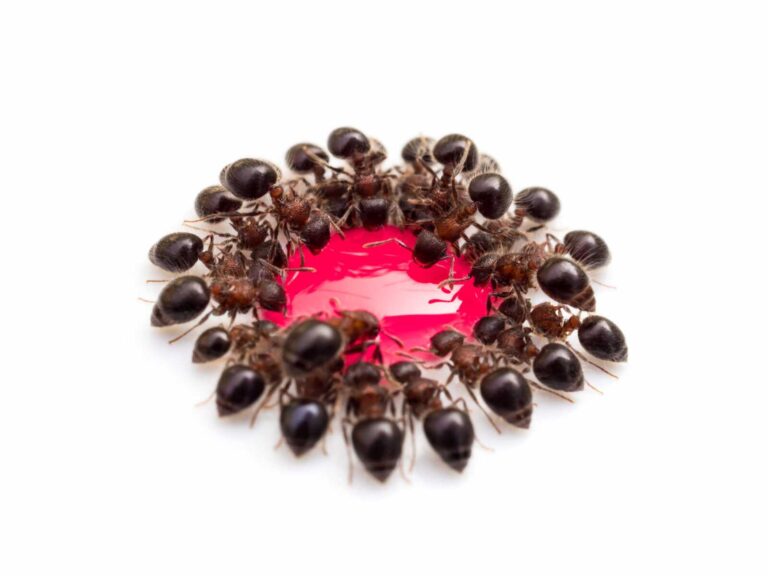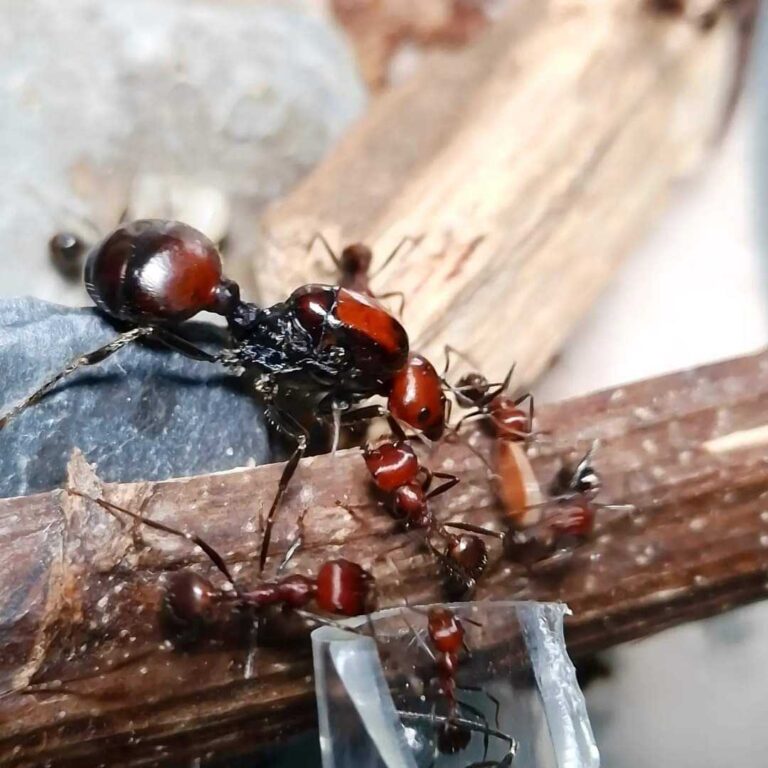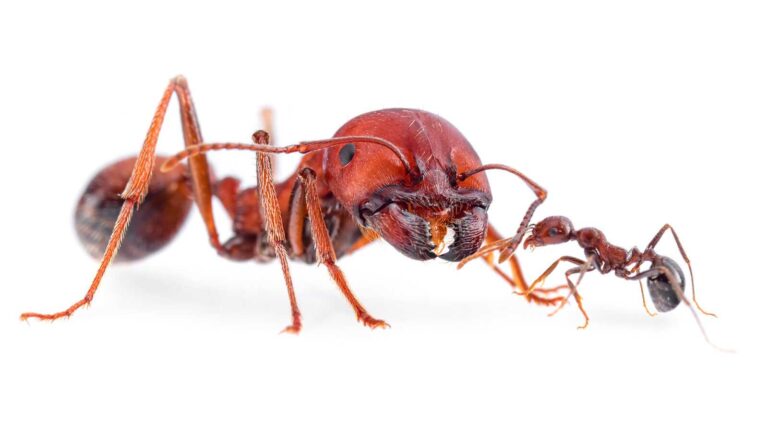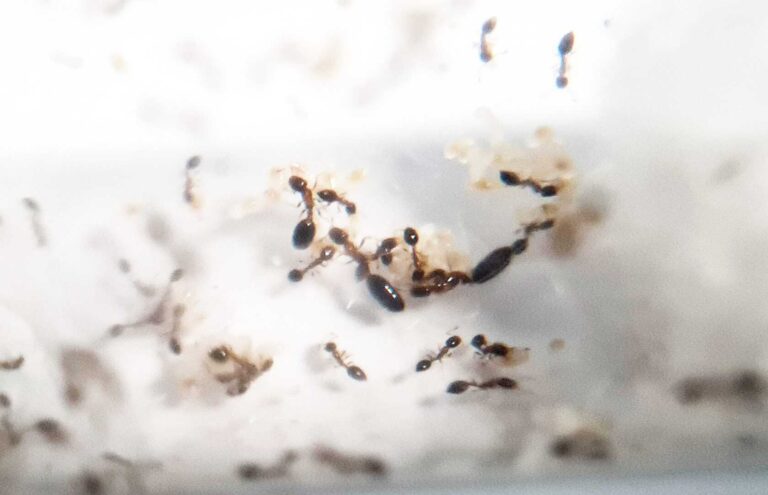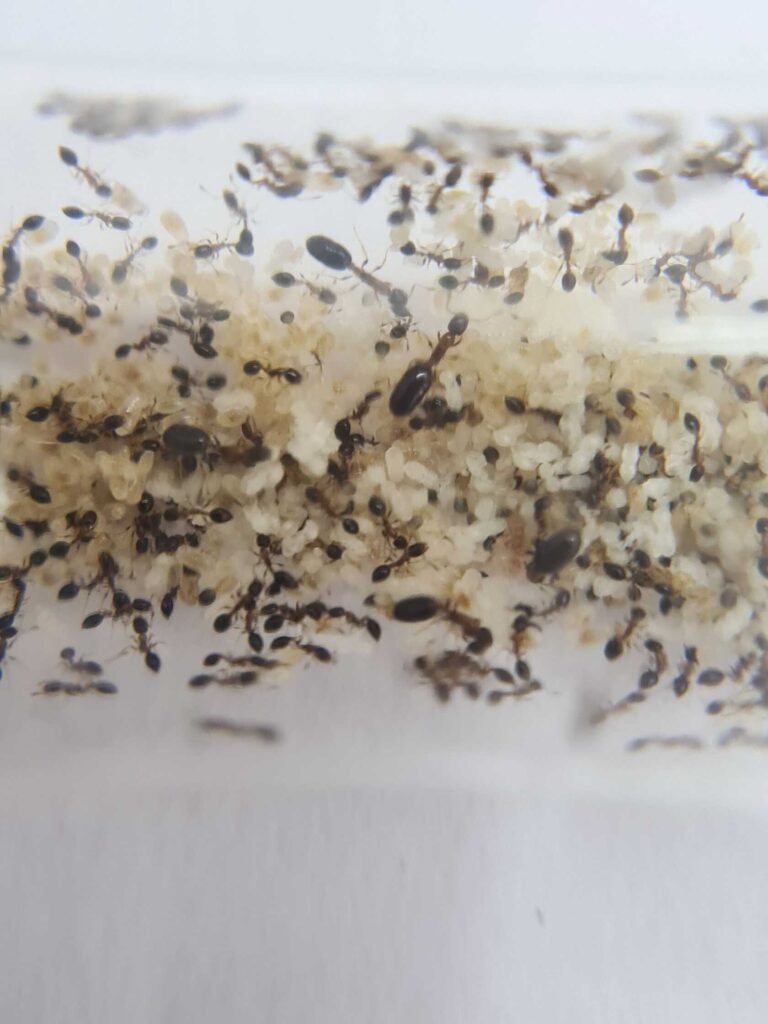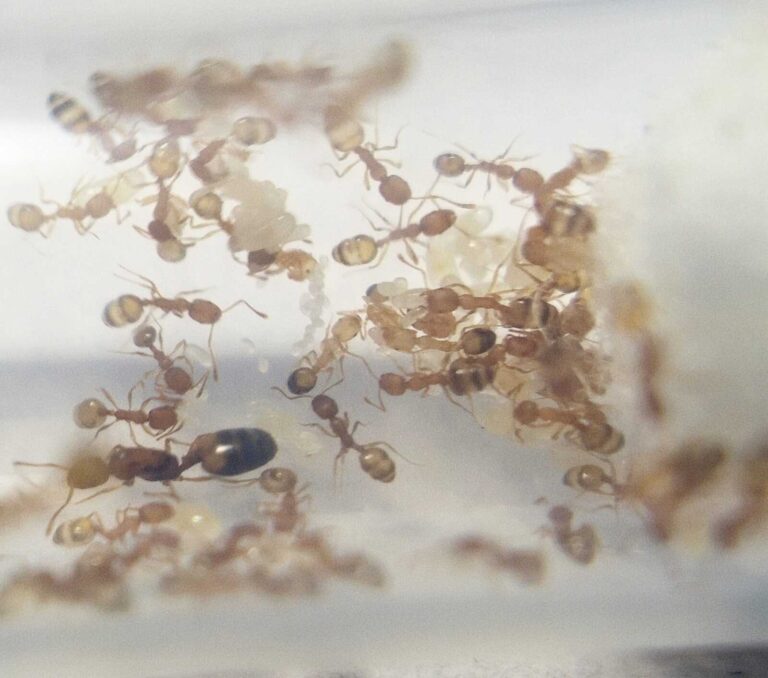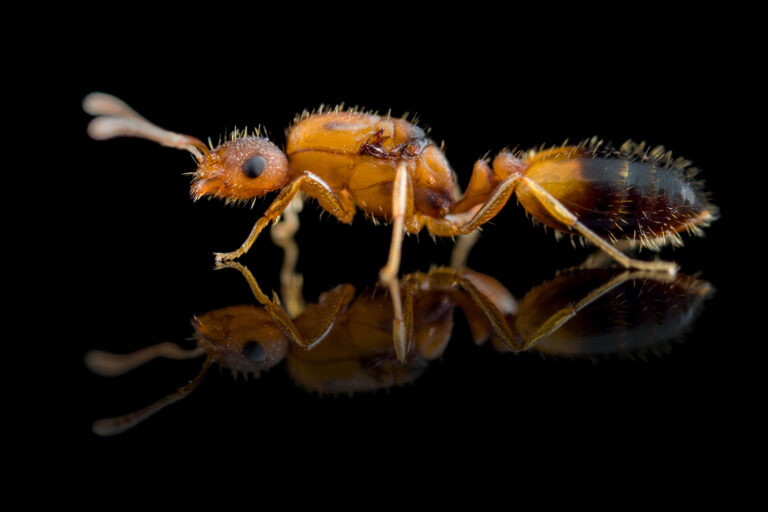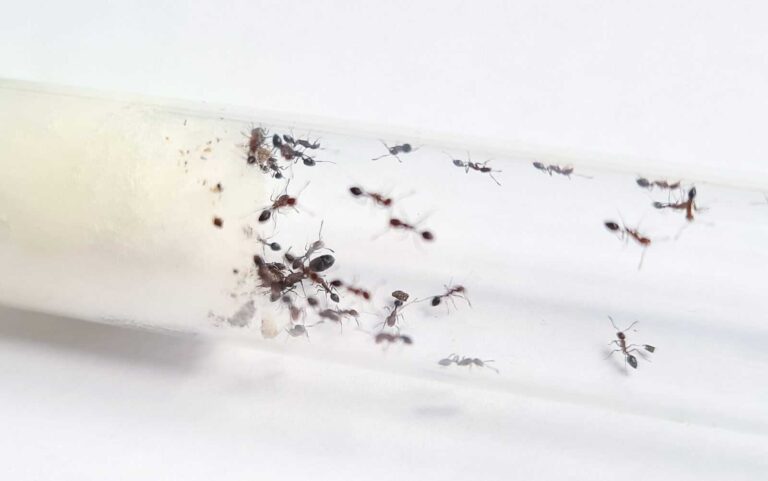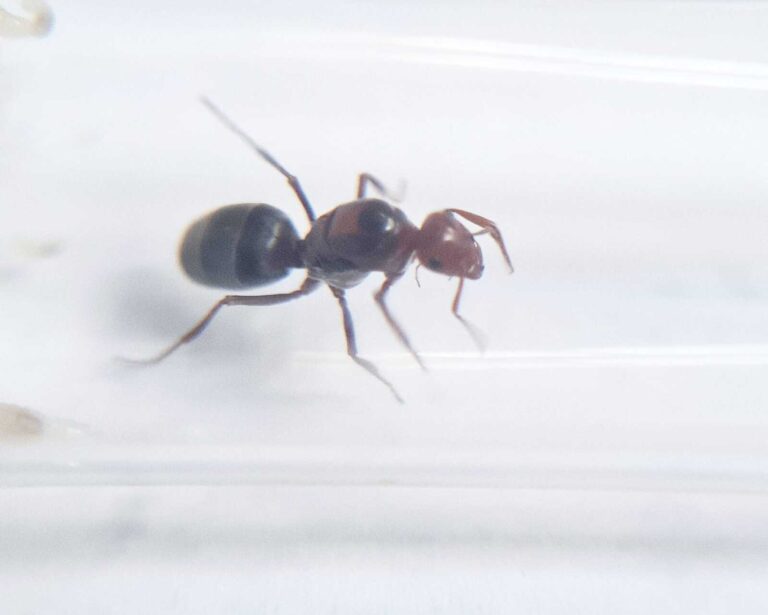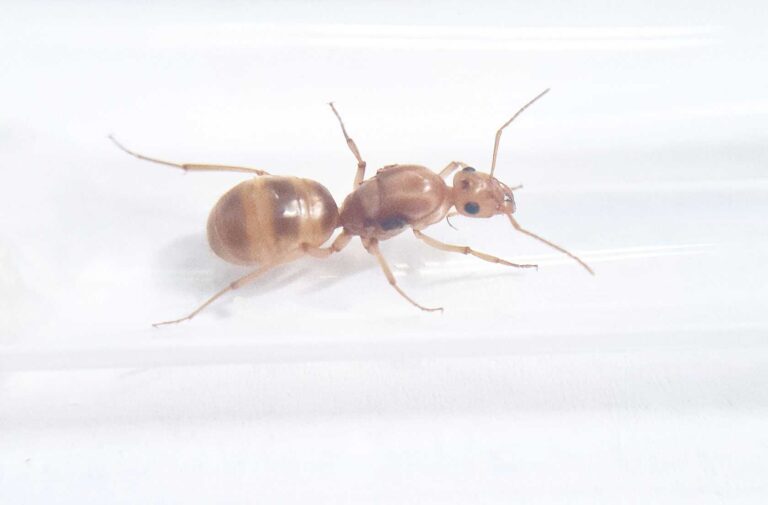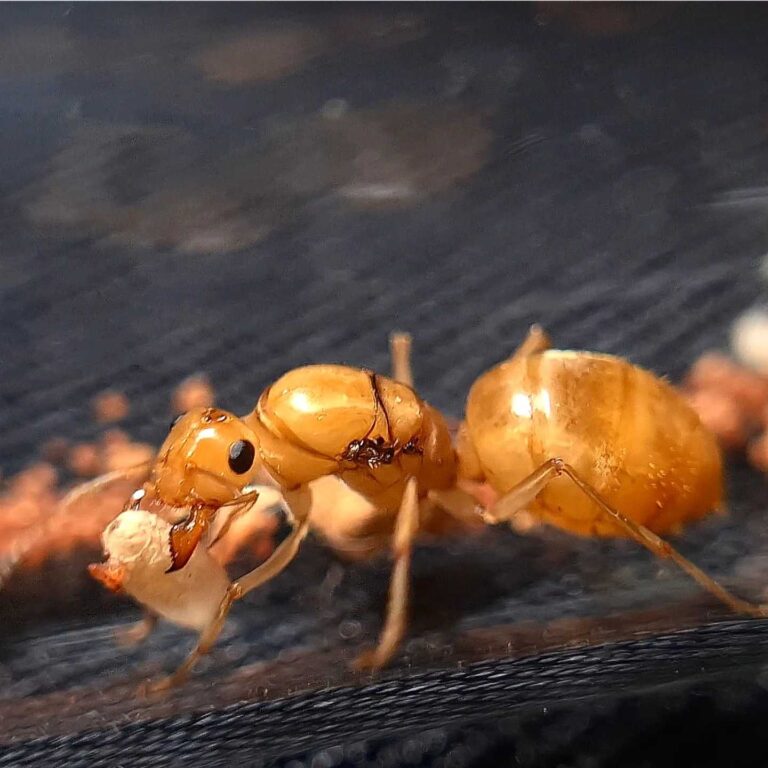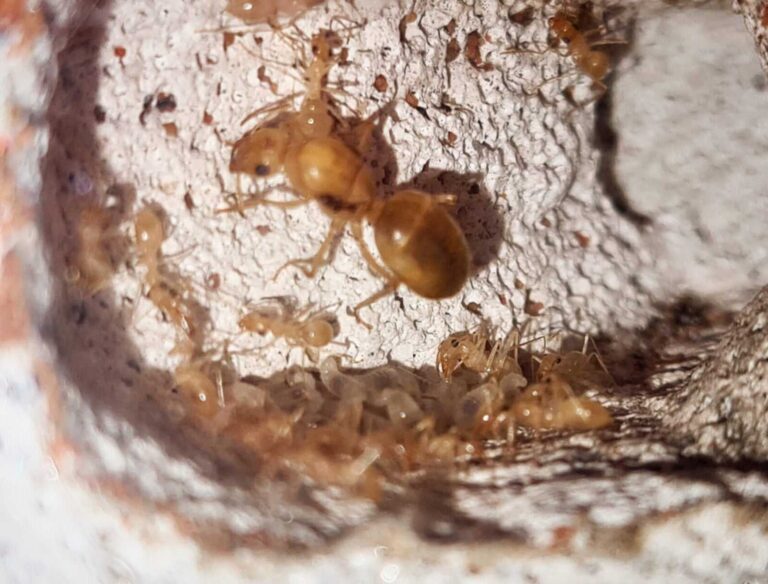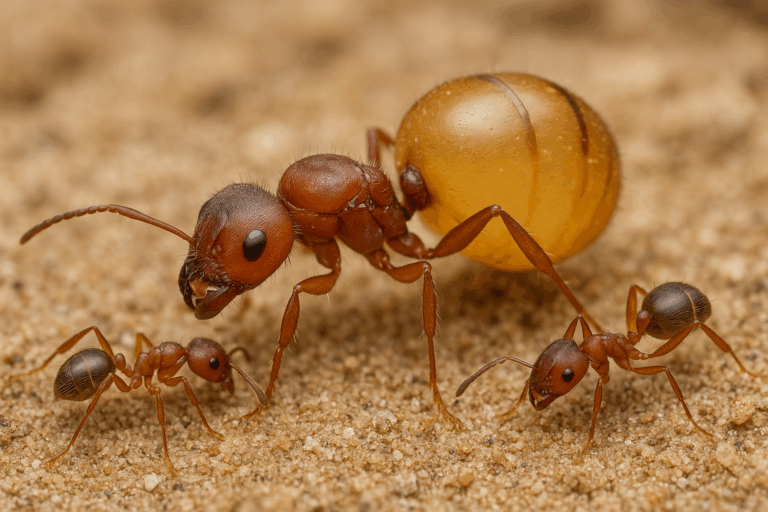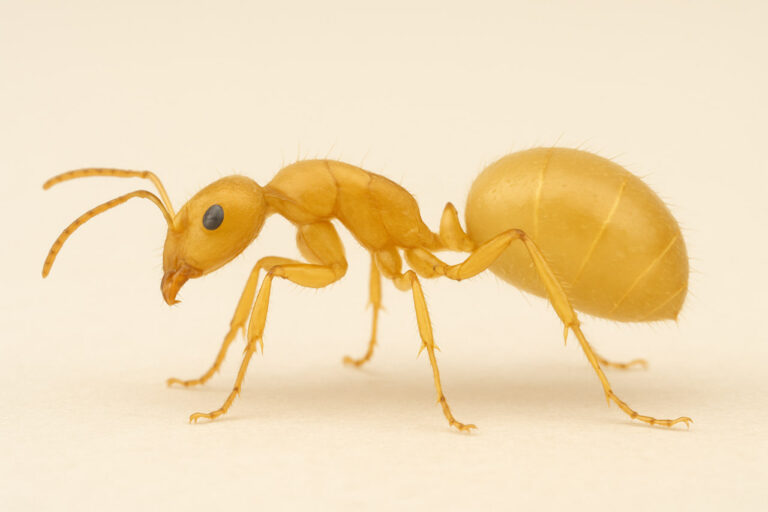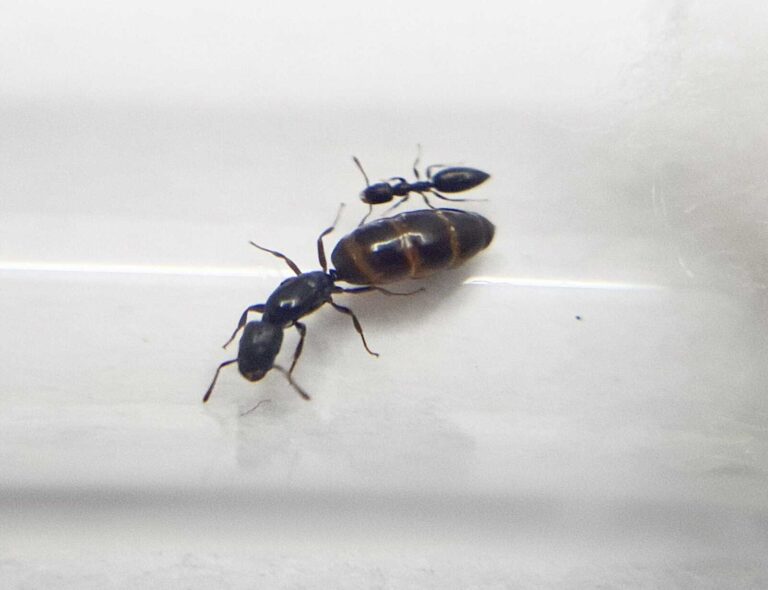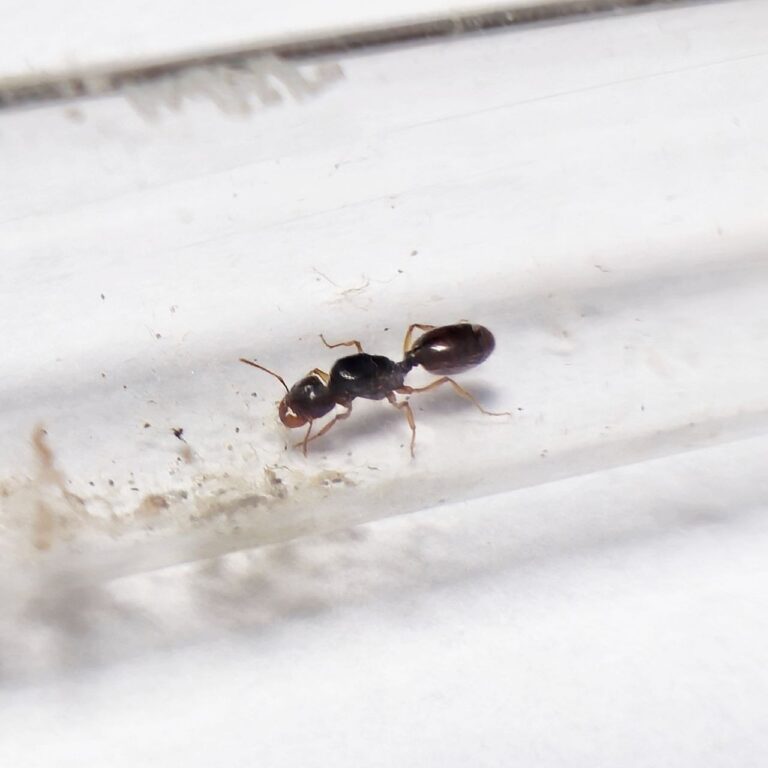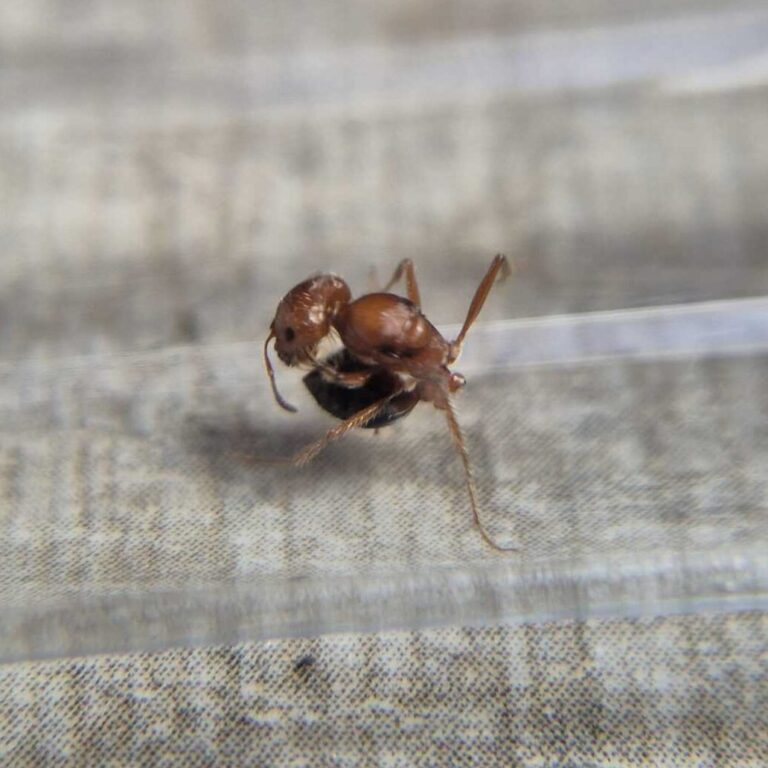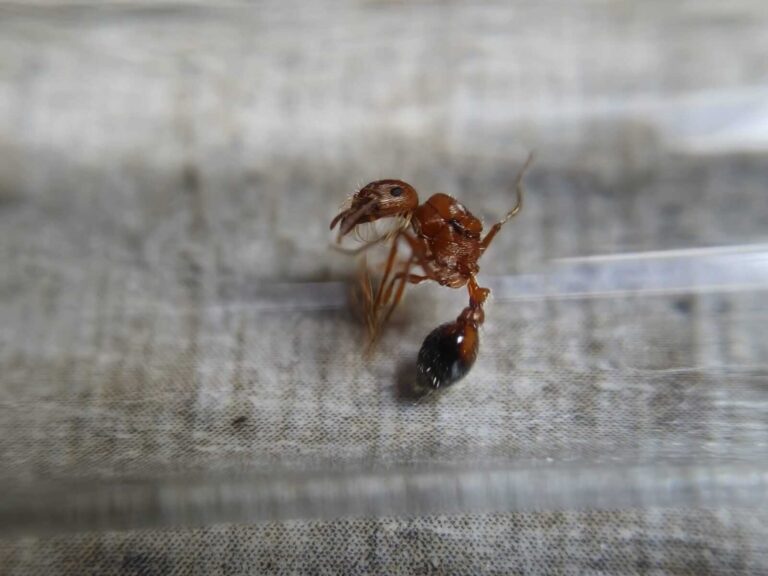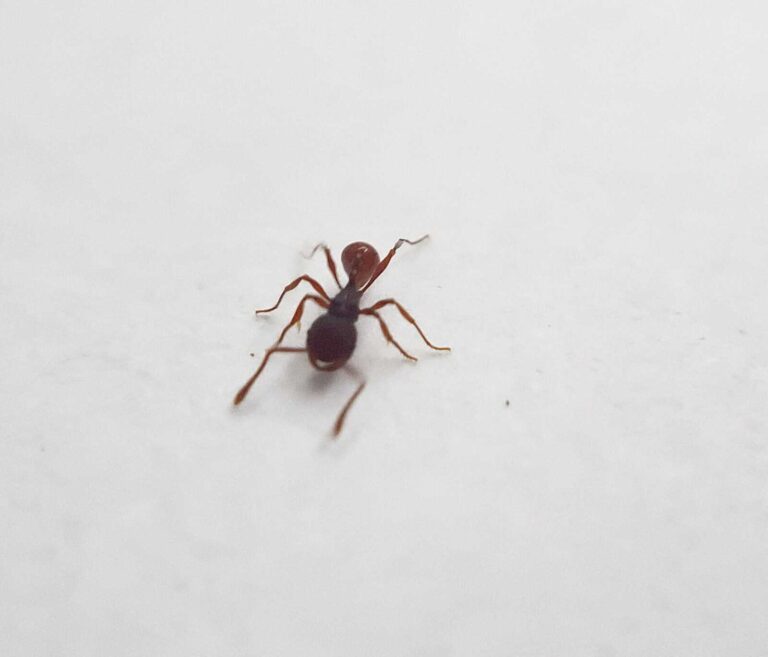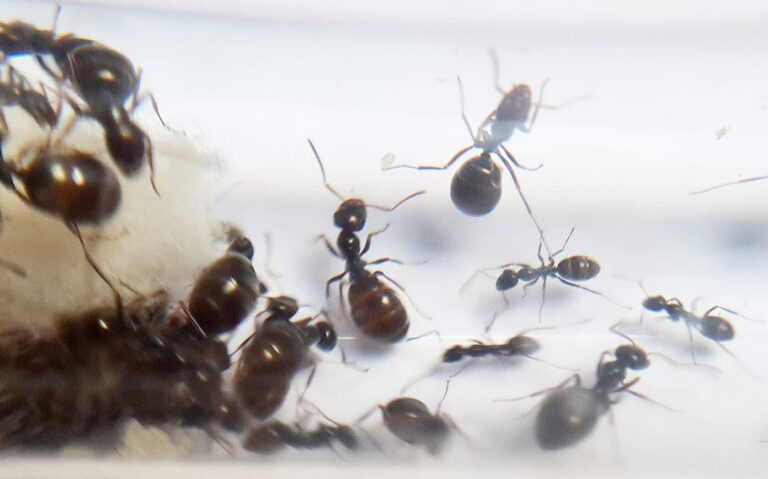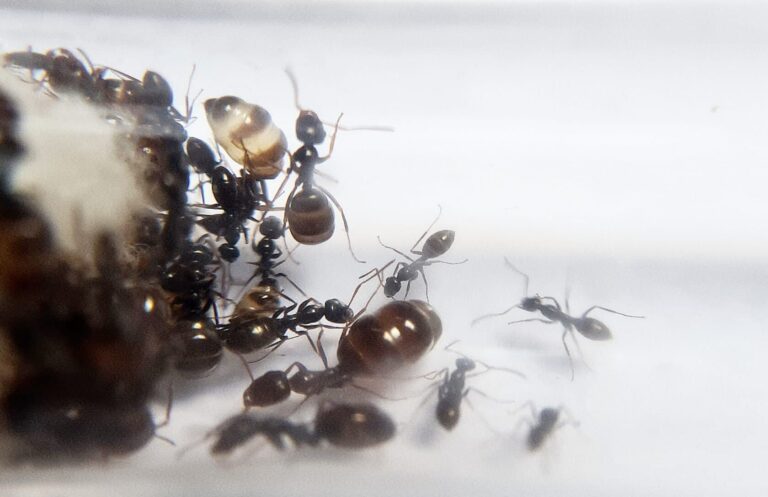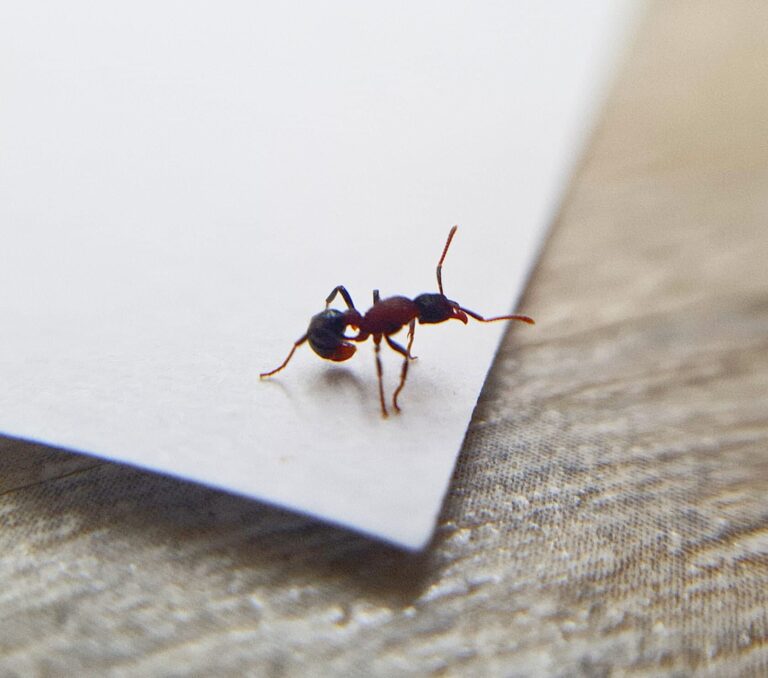Showing 101–120 of 126 results
- Queen 119
- Queen and 1-50 workers 7
- Queen and 1-3 workers 116
- Queen and 4-10 workers 115
- Queen and 11-20 workers 115
- Queen and 21-40 workers 115
- Queen and 41-60 workers 112
- Queen and 61-100 workers 74
- Queen and 51-100 workers 7
- Queen and 101-200 workers 16
- Queen and 201-500 workers 9
- Queen and 501-1000 workers 3
- 2 Queens 12
- 2 Queens and 1-50 workers 6
- 2 Queens and 1-3 workers 9
- 2 Queens and 4-10 workers 9
- 2 Queens and 11-20 workers 9
- 2 Queen and 21-40 workers 8
- 2 Queens and 41-60 workers 8
- 2 Queens and 61-100 workers 4
- 2 Queens and 101-200 workers 7
- 2 Queens and 51-100 workers 6
- 2 Queens and 201-500 workers 5
- 2 Queens and 501-1000 workers 1
- 3 Queens 4
- 3 Queens and 1-50 workers 6
- 3 Queens and 1-3 workers 3
- 3 Queens and 4-10 workers 3
- 3 Queens and 11-20 workers 3
- 3 Queens and 21-40 workers 3
- 3 Queens and 41-60 workers 3
- 3 Queens and 61-100 workers 2
- 3 Queens and 51-100 workers 6
- 3 Queens and 101-200 workers 7
- 3 Queens and 201-500 workers 5
MicroMicro 9
SmallSmall 23
MediumMedium 65
LargeLarge 28
HugeHuge 1
Meranoplus bicolor is a monogynous ant species with colonies of up to 10,000 workers. They have a medium development rate and the queen measures 8-9mm while workers measure 3-5mm. They have a black abdomen and a red body. Their nutrition consists of food insects, syrup, fruits, vegetables, jelly, and cooked chicken without salt.
Messor cephalotes is a monogyny ant species with a colony size of up to 5000 workers. The development rate is medium. The queen measures 22-25mm, workers range from 4-14mm, and majors are 14-22mm. They have a black abdomen and a brightly stained red head. They consume food insects and plant seeds. The humidity in their arena should be around 30.
Monomorium bicolor is a polygynous ant species with a medium development rate. The colony size can reach up to 100,000 workers. The queen measures 5-6 mm, while the workers are 1.5-2 mm in size. They have a chest pale brown color with a black head and belly. Their nutrition consists of food insects, fruit, vegetables, and syrup. They require a humidity level of 30-50% in the arena and 50-70% in the nest.
This is a polygynous ant colony with a size of 100,000 workers. The development rate is medium. The queen measures 5-6 mm, while the workers are 1.5-2 mm in size. The ants have a color variation of pale yellow to pale brown on their chest, and a dark brown or black head and belly. They feed on food insects, fruits, vegetables, and syrup.
The Monomorium pharaonis is a formidable ant species with a polygynous colony structure, meaning it has multiple queens in a single colony. These colonies can consist of up to 1,000,000 workers, making them highly productive and efficient.
Monomorium subopacum is a polygynous ant species with a colony size of 100,000 workers. They have a fast development speed and the queen measures 5-6 mm while the workers measure 2-3 mm. They are brown in color and their diet consists of food insects, fruit, vegetables, and syrup. They require humidity levels of 30-50% in the arena and 50-70% in the nest, with a temperature range of 24-30°C.
The Myrmecocystus mendax ant colony is polygynous, with a colony size of 10,000 workers. They have a medium development rate and range in size from 10-12mm for queens and 4-8mm for workers. They are reddish in color with a black back. They feed on food insects, fruits, vegetables. The recommended humidity for their arena is 40-60% and for their nest is 50-70%.
Myrmecocystus mexicanus is a species of ant that forms monogynous colonies with a size of 10,000 workers. They have a medium development rate and the queen is 14-16 mm in size while workers are 5-10 mm. The ants are orange-yellow in color and their nutrition consists of food insects, fruits, vegetables, and seeds. They require a humidity level of 40-60% in both the arena and nest, and the temperature in the arena should be maintained accordingly.
Myrmecocystus navajo is a monogynous ant species with a colony size of 10,000 individuals. They have a medium development rate and their queen is 11-12mm in size while workers are 4-8 mm. They are yellow in color and their nutrition consists of food insects, fruit, vegetables, and syrup. The humidity levels for their arena and nest should be maintained between 40-50% and 50-70% respectively, while the recommended temperature for their arena is 24-30 degrees Celsius.
Myrmecocystus romainei is a rare, monogynous ant species native to arid regions of the southwestern United States. It is notable for its honey pot workers (repletes) that store liquid food in their swollen gasters. The queen measures around 11–12 mm, and workers range from 4–8 mm. This species typically shows a reddish to tan coloration, with a darker gaster. Like other Myrmecocystus, it thrives in warm, dry environments and has a medium development rate.
Myrmecocystus testaceus is a monogynous ant species with a medium development rate. Queens typically measure 11–12 mm, and workers range from 4–8 mm. This species is distinguished by its lighter, yellowish to orange-tan coloration (hence the name testaceus), often with a contrasting darker gaster. Like other Myrmecocystus species, it features honey pot workers (repletes) that store liquid food in their distended abdomens.
The Myrmelachista chilensis is a cologne with a monogyny type. It has a fast development speed and can have several hundred workers in the colony. The queen is 6.5-7.5 mm in size while the workers are 3.5-6 mm. The ants are black and brown in color. They feed on food insects, fruit, and syrup. They require humidity levels of 30-50% in the arena and 50-70% in the nest.
Myrmelachista hoffmanni is a species of ant characterized by its monogyny colony type and the ability to have several hundred workers. They have a fast development speed and range in size from 6.5-7.5 mm for queens and 3.5-6 mm for workers. Their coloration is black and brown and they have a varied diet of food insects, fruits, and syrup. The ants thrive in a humidity range of 30-50% in the arena and 50-70% in the nest.
Pheidole barbata is a dimorphic, structured ant species with distinct soldier and worker castes. Fast-growing and highly organized, it’s a great choice for keepers interested in visible caste roles and dynamic colony behavior. Low-maintenance and tropical — ideal for intermediate hobbyists seeking variety without excessive complexity.
Summary: Plagiolepis pygmaea is a monogynous ant species with a colony size of up to 1000 workers. They have a medium development rate and their queen measures 3-4mm while the workers measure 1.3-2mm. They are brown-yellow in color and their diet consists of food insects, syrup, fruit, vegetables, jelly, and cooked chicken without salt.
Pogonomyrmex subnitidus is an intriguing ant species with a strong sting and large colonies. This article will provide information on their colony type, size, development speed, color, nutrition, humidity, and temperature preferences. Consider keeping them as an extraordinary pet.
Pristomyrmex brevispinosus is a fast-growing ant species that can have up to 10,000 workers in a colony. The queen is 5-6 mm in size, while the workers are 4-5 mm. They have a red-chestnut color and their diet includes food insects, syrup, fruits, and vegetables.
Proformica ferreri is a monogynous ant species with a colony size of up to 1000 workers. They have a medium development rate and the queen measures 9-11 mm while the workers measure 3-10 mm. They are black in color and their nutrition consists of food insects, syrup, and fruit. They require a humidity level of 60-80% in the arena and 60-70% in the nests.
Proformica nasuta is a monogynous ant species with a colony size of up to 1000 workers. They have a medium development rate, with queens measuring 9-11 mm and workers measuring 3-10 mm in size. The ants are dark brown in color and their diet includes food insects, syrup, and fruit. They thrive in arenas with a humidity level of 60-80%, while their nests require a humidity level of 60-70%.
Stictoponera bicolor is a monogynous ant species with colony sizes of up to 500 workers. They have a medium development rate and the queen measures 6.5-7mm while workers measure 4-6mm. They have a black head and abdomen, with an orange chest. Their diet consists of food insects, syrup, and sweet fruits. They thrive in humid environments.


